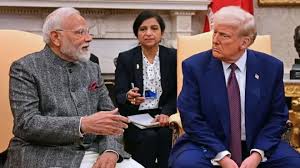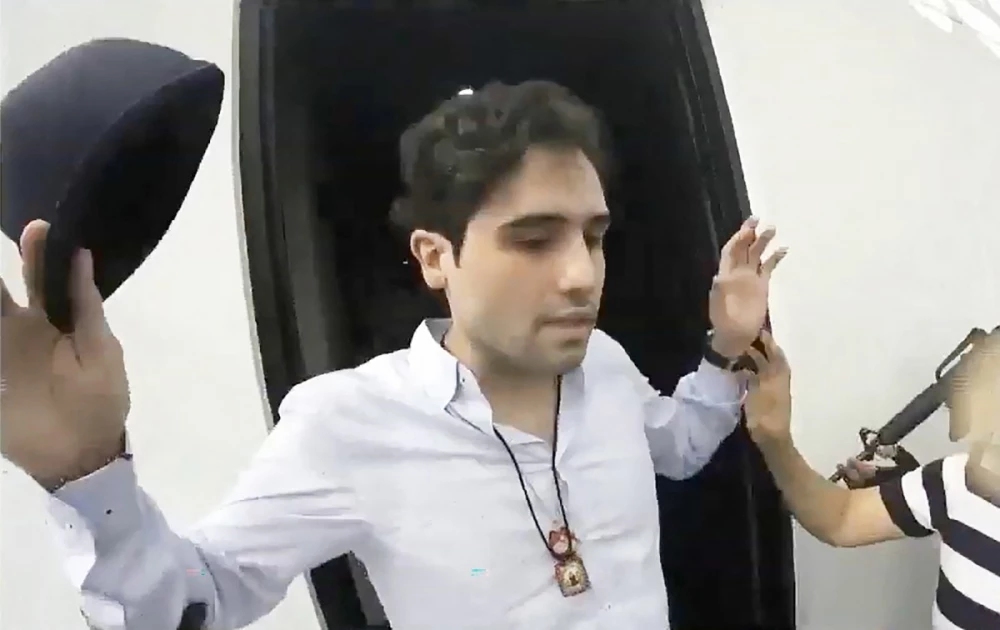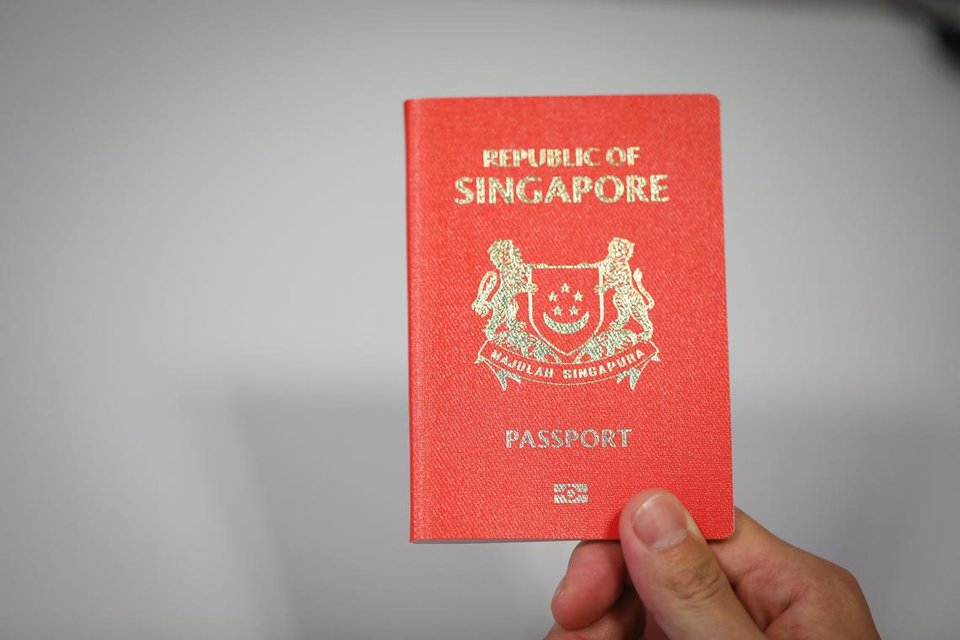Relations between the United States and India have reached their lowest point in years after US President Donald Trump imposed a 50% tariff on Indian goods — the highest rate applied to any country so far.
The sharp move came in response to India’s continued purchase of Russian oil and arms, despite warnings from Washington.
This sudden escalation has shocked diplomats and business leaders in both countries, especially since President Trump and Indian Prime Minister Narendra Modi have publicly called each other “friends” in the past.
Just days ago, the US added an extra 25% tariff on Indian imports, making the total 50%. The official reason: India’s continued import of Russian oil.
India has defended its position, saying these oil deals are necessary to meet the energy needs of its 1.4 billion citizens. But for President Trump, this was the final straw in already troubled trade talks.
In fact, he referred to both the US and India as “dead economies” last week and warned of penalties. Experts say this is part of Trump’s broader “America First” approach — focusing more on onshoring (bringing production back to the US) rather than relying on “friendly” countries.
Last year, US-India trade was valued at $212 billion, with India having a $46 billion surplus. Modi aimed to double that trade, hoping for a $500 billion relationship.
During the recent trade negotiations, India offered:
To cut taxes on US industrial goods.
To boost defense and energy imports from the US.
To reduce auto taxes — despite strong opposition from Indian carmakers.
But India refused to lower tariffs on farm and dairy products, a politically sensitive area that affects hundreds of millions of poor Indian workers. This refusal became a major sticking point and ultimately caused the talks to collapse.
Experts say the conflict is about more than just goods and tariffs. It reflects deeper geopolitical tensions:
The US claimed Trump helped mediate peace during a recent India-Pakistan clash. India denies this and says Modi and Trump didn’t even speak.
Meanwhile, Pakistan is now nominating Trump for a Nobel Peace Prize and has secured new US deals for mineral and oil exploration.
India sees this as a betrayal, raising questions about how close the US-Pakistan relationship is becoming.
“This is arguably the worst moment in US-India relations in years,” said Vina Nadjibulla, an expert from Canada. “There’s no deal, high tariffs, and a real need to rebuild trust.”
Despite the rift, both sides are expected to try and reset ties. Experts predict “very creative diplomacy” in the coming weeks.
India, for its part, is:
Strengthening trade ties with the UK and EU.
Considering closer ties with China, including attending the Shanghai Cooperation Organisation summit later this month — Modi’s first visit to China since a border clash in 2020.
Trying to present itself as a global manufacturing hub, especially as US companies like Apple expand operations in India.
But experts warn that the tariff war could scare off businesses and add to global economic instability.
“It’s a tough road ahead for India,” said Farwa Aamer from the Asia Society in New York. “They must balance their old ties with Russia while avoiding a full-blown fallout with the US.”
India called the tariffs “unfair, unjustified, and unreasonable.” It insists that national security and energy needs drive its foreign policy — not pressure from any outside power.
“India doesn’t want to look weak,” said Aamer. “Modi has a global image to protect, and backing down isn’t an option.”
The Trump-Modi friendship may have been all smiles on stage, but behind the scenes, deep differences over trade, oil, and diplomacy have boiled over. What was once hailed as a strong partnership is now strained by tariffs, mistrust, and geopolitics.
The world will be watching closely to see whether India and the US can move past this tariff shock — or if it signals a long-term shift in global alliances.



